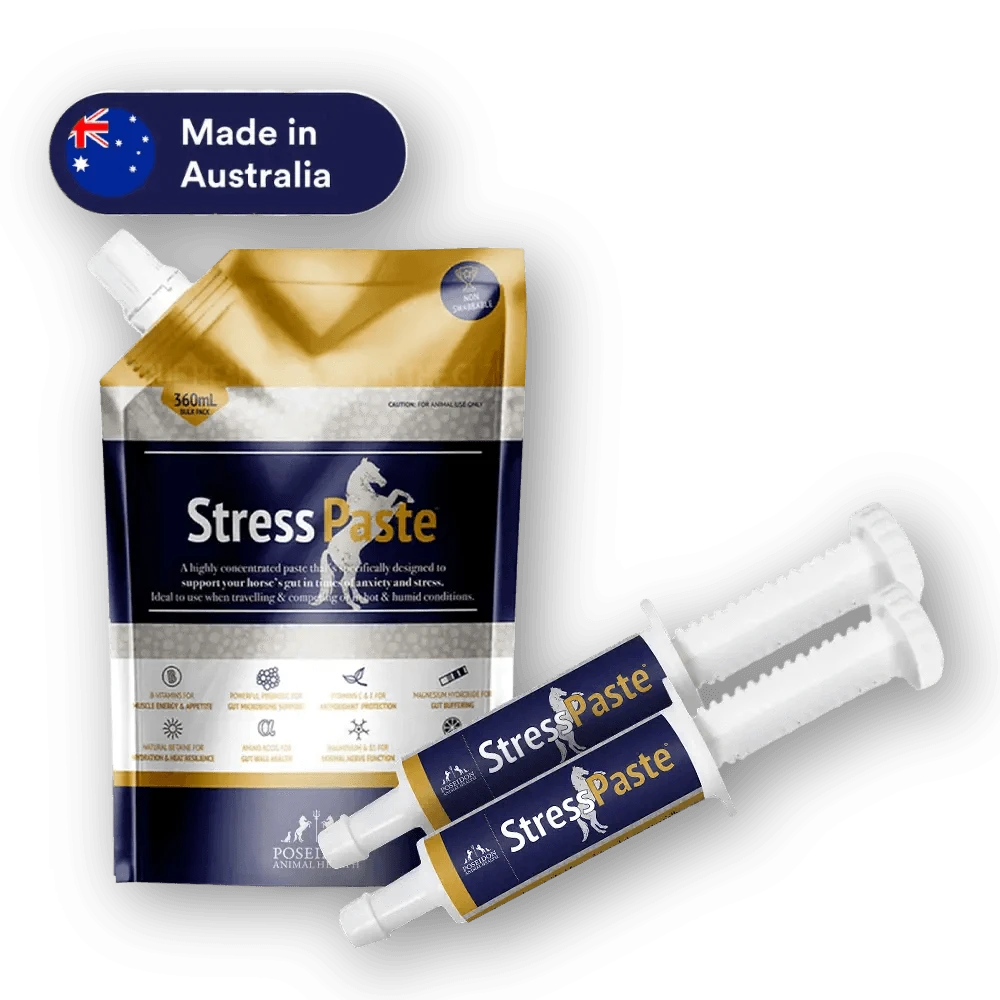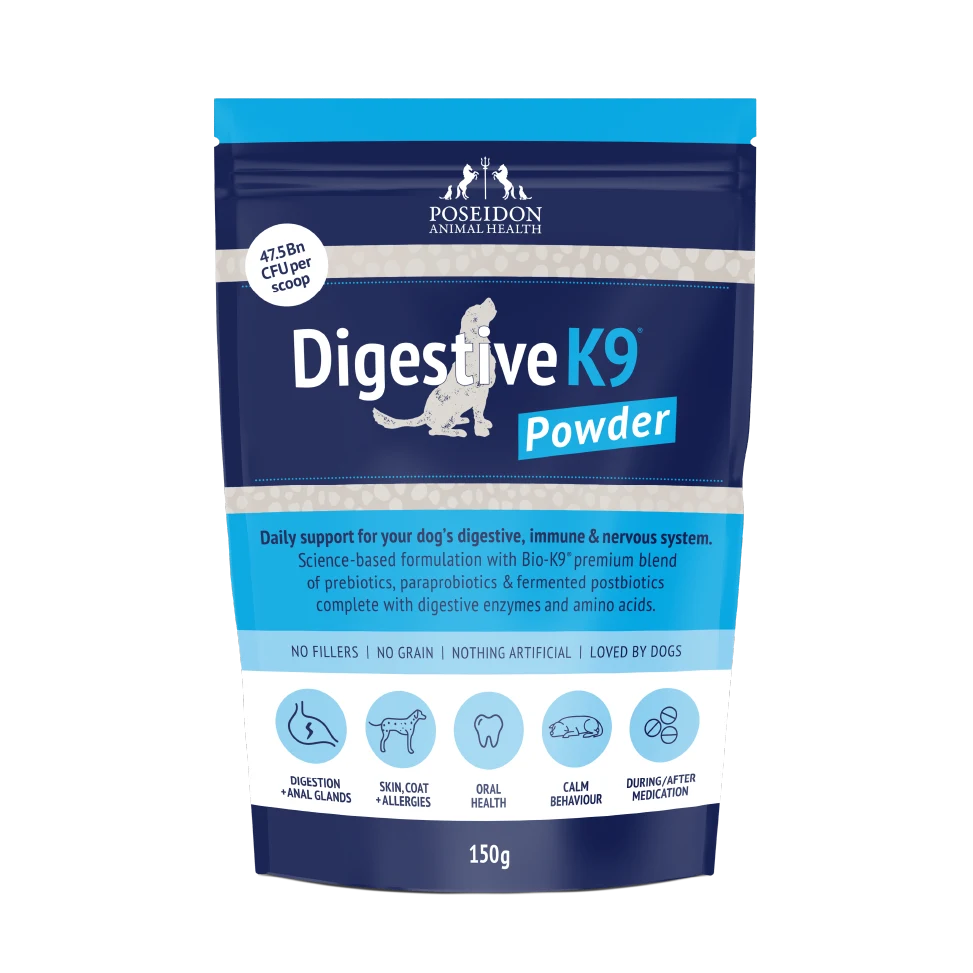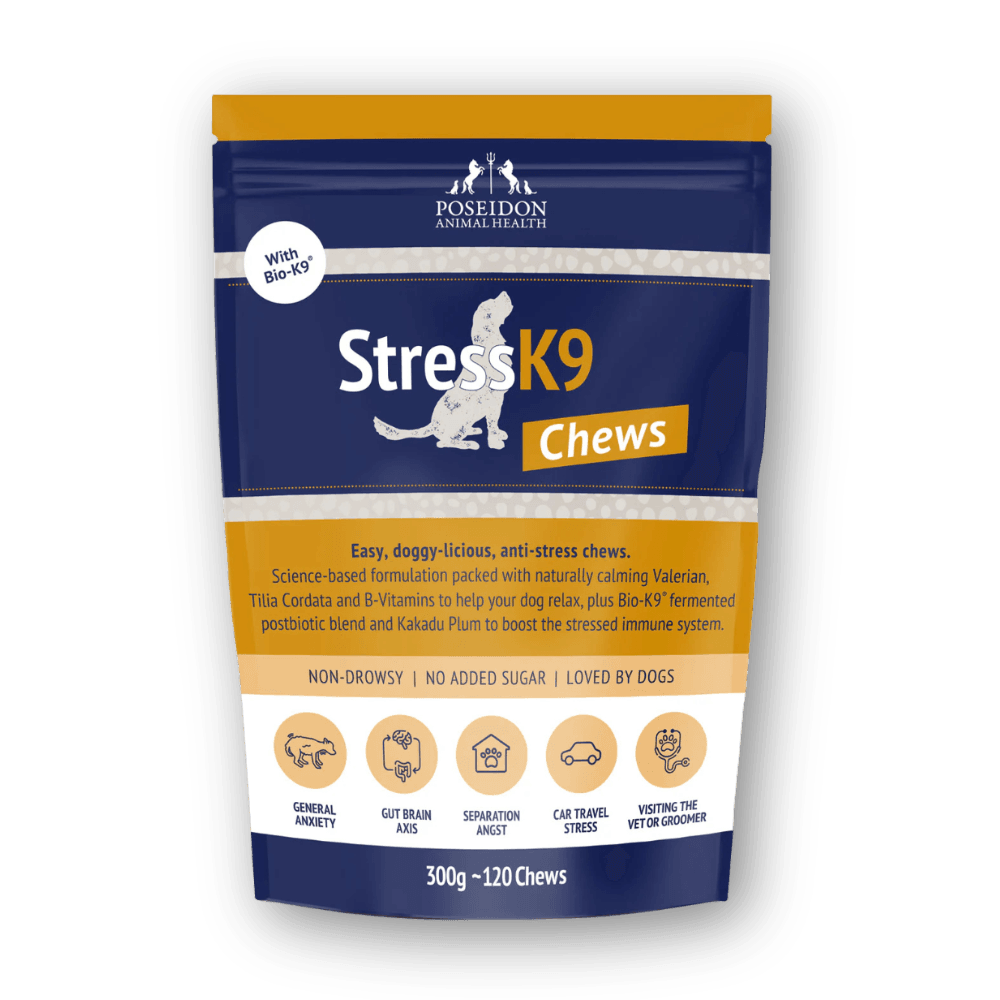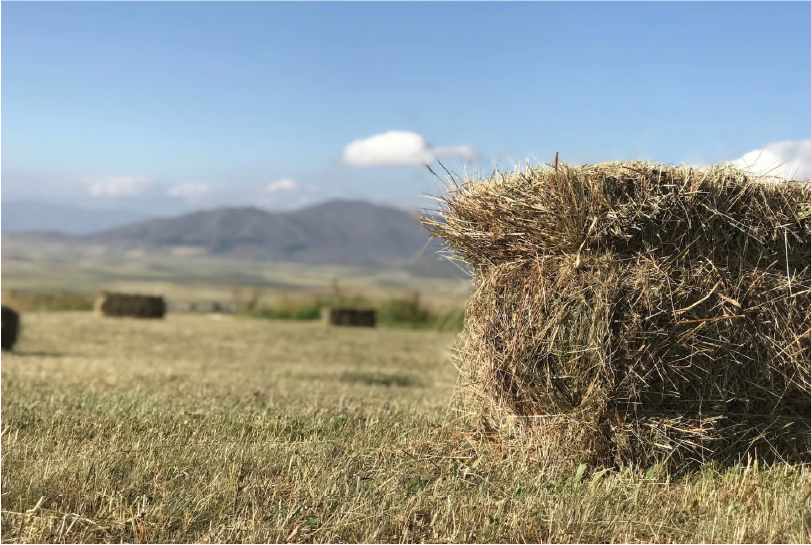
Jill A Davies MSc. Equine Nutrition, BSc (Hons.) Equine Science
It’s been a lovely change to finally get some rain recently, but it has been an incredibly dry 12 months here in Western Australia. 2023 was one of the driest winter rainfall periods. Paired with an equally hot, dry Summer and Autumn has certainly made challenges for horse owners across the state.
WA has one of the country’s shortest growing seasons at the best of times, but this season has been taken to a whole new level - the rains stopped in September & didn’t resume until late May.
Producers on average were down in quantity by 30% - 60% on all types of hay.
Adding to this, one of the biggest low sugar hay and Rhodes hay production sites had sold and was no longer in production of hay.
Unlike the previous year where quality was down and quantity remained, we are now witnessing the opposite - what is being produced in small numbers is actually of decent quality.
Unfortunately for WA, hay is not able to be imported from the east of Australia due to biosecurity fears. Some forage is permitted if it is wrapped like Multicubes, but even then some can fall short of biosecurity checks. What does this mean for horse owners & more importantly our horses?
What are the safe alternatives?
Firstly, we have seen a sharp increase in the cost of hay with prices topping $320 for a 5ft meadow hay round roll. This, on top of added pressures of cost of living, really hits home for many. Because of this, some owners have even taken to feeding Barley straw as their forage source to their horses.
We only have to look on social media to see the number of horses with cases of colic, impaction colic including a significant rise in the number of sand colic cases. This is due to the lack of pasture or forage resulting in horses trying to pick at what remains in their paddocks or the new green shoots coming through.
Feeding in this way is not good for our horse’s digestive health. Horses are not able to break down the high insoluble fibre/neutral detergent fibre (NDF) or lignin in the straw. Some of these horses are suffering from Free Faecal Water Syndrome due to the higher than recommended feeding rate of straw.
Straw is also low in crude protein (under 6%) & lacks in essential amino acids, fat soluble vitamins and can be just as high in non-structural carbohydrates (NSC) as other cereal hay types.
Testing is crucial to see if certain hays are suitable for your horse to feed, if its necessary, in the correct amounts of approximately 20%-30% max intake of fibre per day for a horse.
Think of the use of straw as filler, just to help to keep a horse eating, producing saliva to help buffer stomach acid & to help to keep digestive material moving through.
We have seen our horses struggle to cope with short, stressed pastures with little to no ground coverage and diminishing topsoil.
We have seen our horses eating down to the bare roots of pasture - picking up dirt, sand, bugs and even bacteria from grazing on bare dirt.
If these sources of forage such as straw have been nutritionally corrected, then an obese horse can have up to 50% of their forage intake per day under the supervision of a veterinarian.
The quest for safe storage...
For some owners that have had storage for their horses’ hay have been able to muddle through the hay shortage. But for those with access to little or no storage, it has become a bit of a lottery of the availability of hay at stock feeders. As mentioned before, owners have made the switch to using cereal hay with high starch & sugars up to over 36% NSC per kilo as fed. Oaten hay can be as high as 44% NSC per kilo. Like humans, this can largely impact the health of horse’s teeth & the increase in dental caries.
The composition system NIR isn’t able to be used as a method of hay analysis as we see the results of protein percentage overestimated and the sugars and starch percentage underestimated due to the growing conditions.
Take careful consideration...
Another thing we have to mindful of when it comes to our horse’s health, particularly their digestive health is the slow introduction and reintroduction of feeds and forage.
All too often with any shortage of feeds or forage, we do unfortunately witness owners move from supplementing their horses diets with one product to the next too quickly, without any slow introduction. What happens here is we then see horses temperaments alter and owners notice their horses starting to ‘misbehave’ - under saddle, when being tacked up or groomed, etc. and in some cases, owners claim their horses are becoming dangerous to even handle.
This is due to the horses digestive system and biome struggling to adapt to the sudden changes in their diets.
While it has been very tough for owners across WA to accommodate their horses’ needs during this difficult time, we still have to allow our horses time to adapt when feeding a new or different type of forage and feed.
We recommend changing forage for a horse over approximately a 3-week period (21 days+). We do advocate this method by slowly introducing a small percentage of the new forage to be fed alongside their usual forage. This in turn will allow the horses biome & bacteria to slowly change, producing the new type of bacteria needed to be able to ferment the new type of forage in the hindgut of the horse.
This way there is minimal risk of digestive disturbance to the horse! This method applies the same with any feed.
What actually happens inside the horse?
If the horse’s digestive system is exposed to a new feed or forage too quickly, the hindgut begins rapidly producing bacteria needed to break down the new forage. This in turn then causes a mass cell death of bacteria at the same time with the abrupt change in feed/forage, disrupting the balance of good and bad bacteria in the horse’s hindgut. All of this can result in a severe digestive disturbance for the horse.
Horses’ bacterial populations alter according to what they are eating. Time is an essential component for different bacterial species to populate horse’s digestive tracts. If there is not enough time for the bacterial population to adapt, it will cause digestive disturbances, which could lead to issues like a bout of colic. There is extensive research online to support this theory.
Bottom line, a horse is simply not able to cope with a sudden introduction of a new feed or forage. They are not like us humans!
A horse’s hindgut & biome wants the same feed & forage every day. Fed correctly, a horse can utilise 70% - 80% of their forage as their source of energy from the creation of Acetate & Volatile Fatty Acids (VFAs).
Considering the scenario WA finds itself in and what is written here in this article, we might pose an idea to start thinking of our horses as hindgut fermenters with a simple stomach. We want to help our equine friends adapt seamlessly and the best way to start is to consider the needs of the horse’s hindgut first.
| Change of Feed/Hay | Risk & Likeliness of Colic |
| No Alteration | times |
| Change over 1 - 7 days | 22.03 times |
| Change over 18 - 14 days | 4.88 times |
| Change over 15 - 28 days | 2.0 times |








